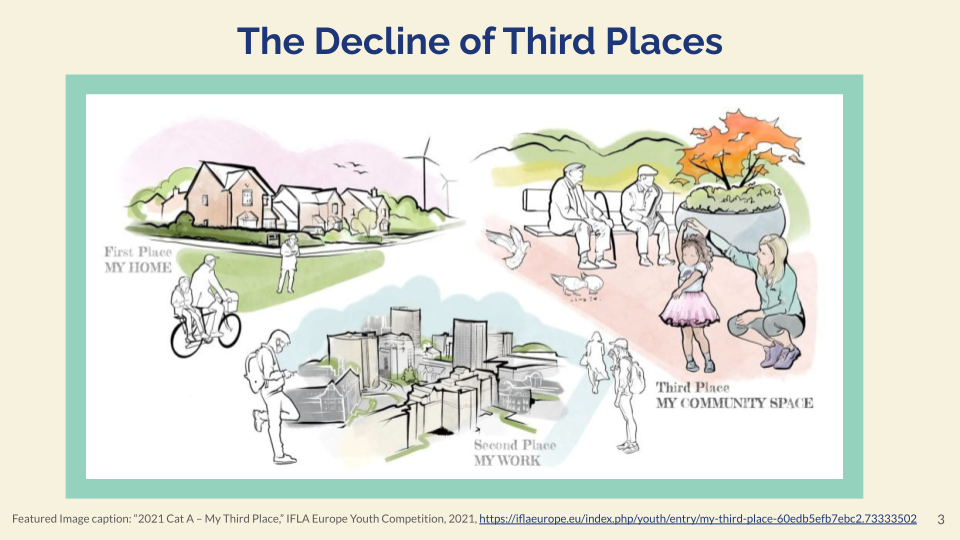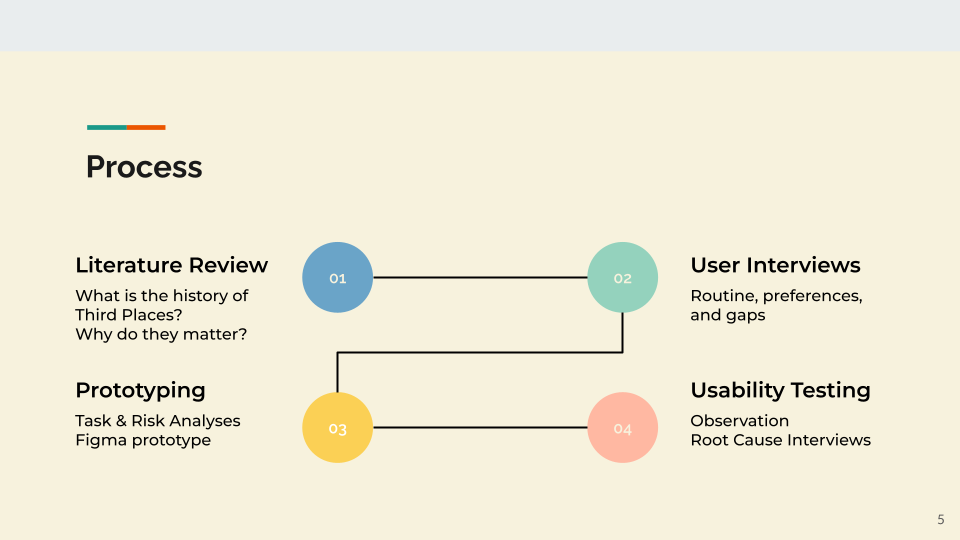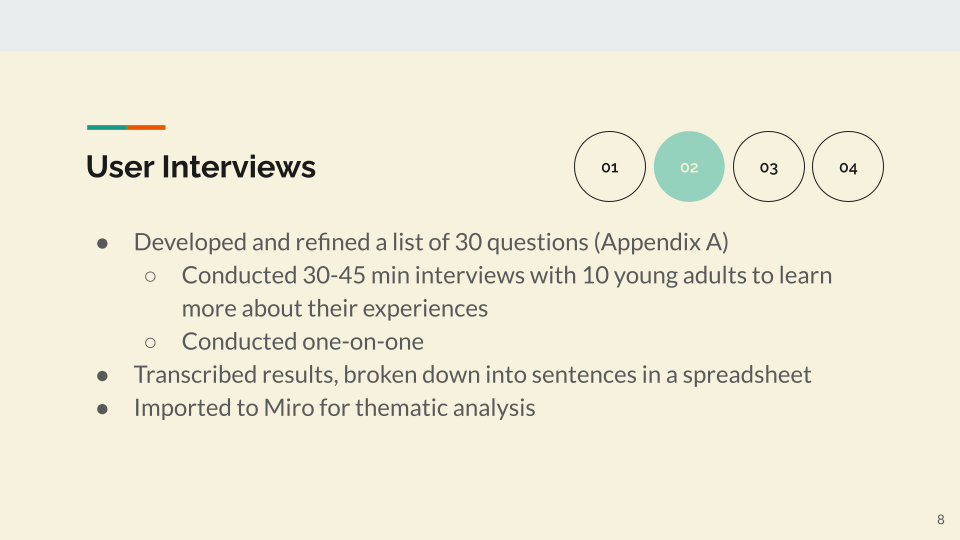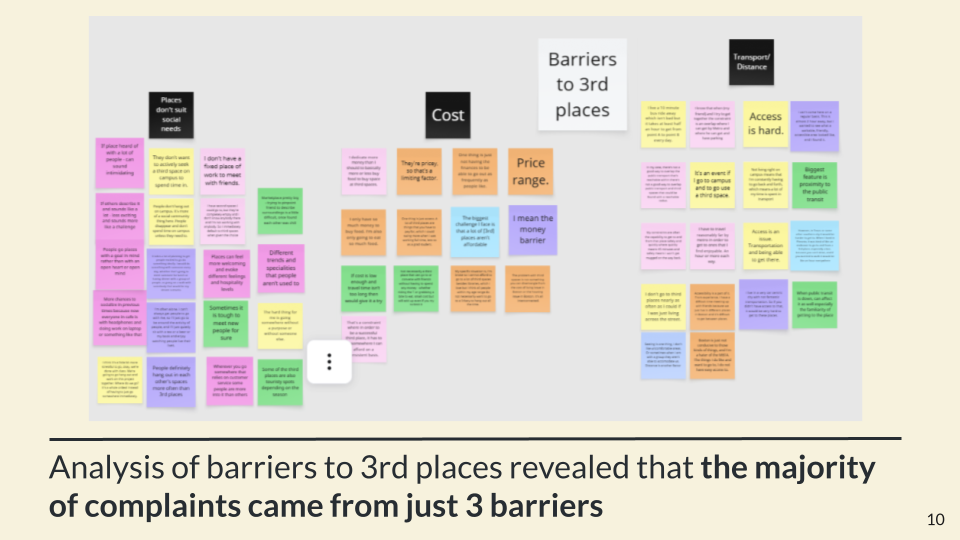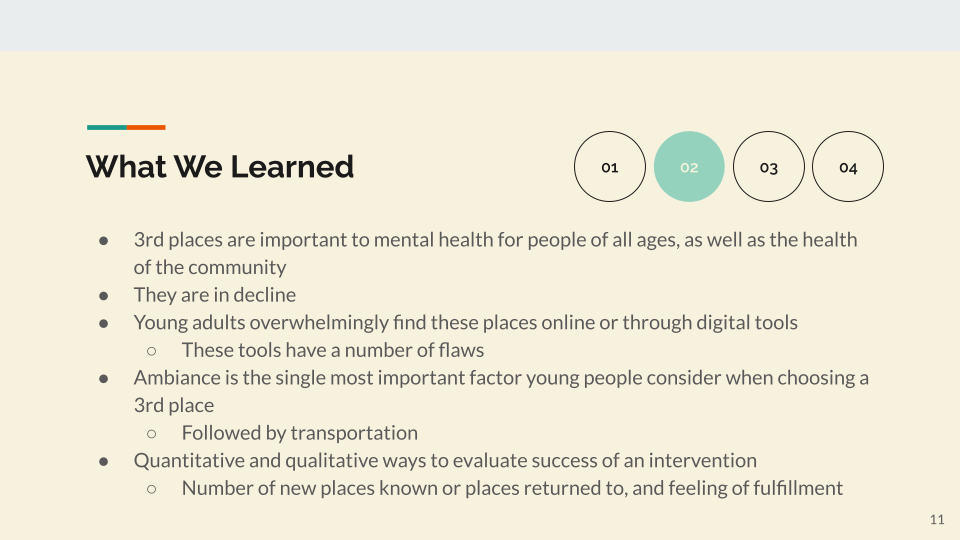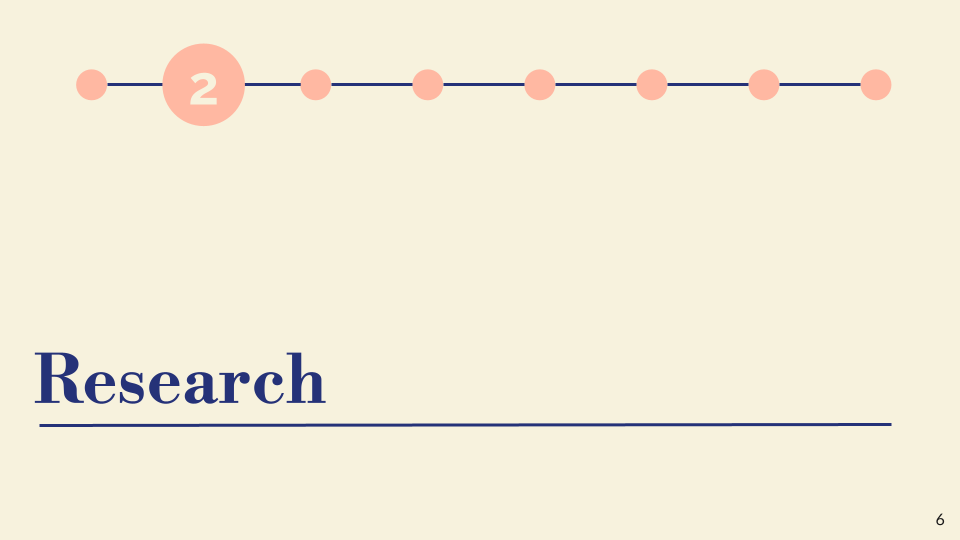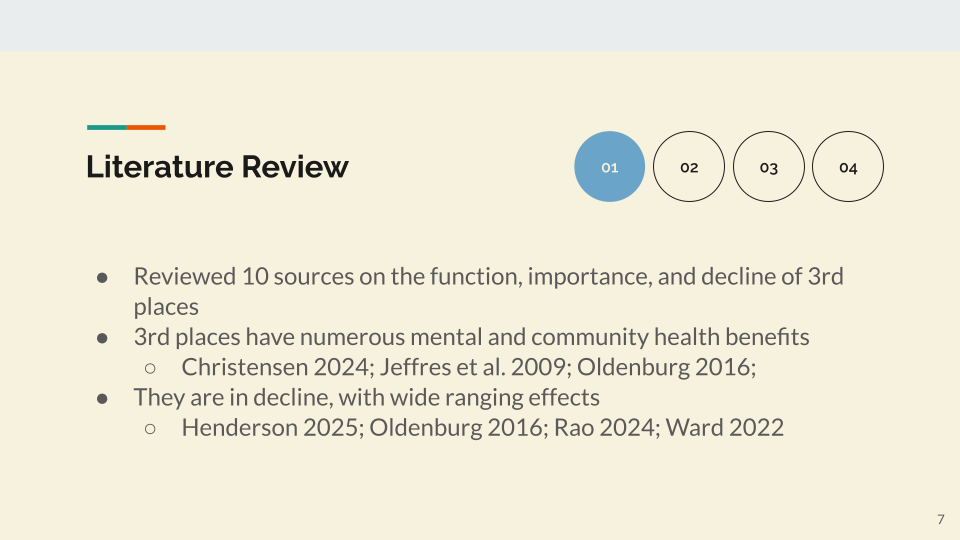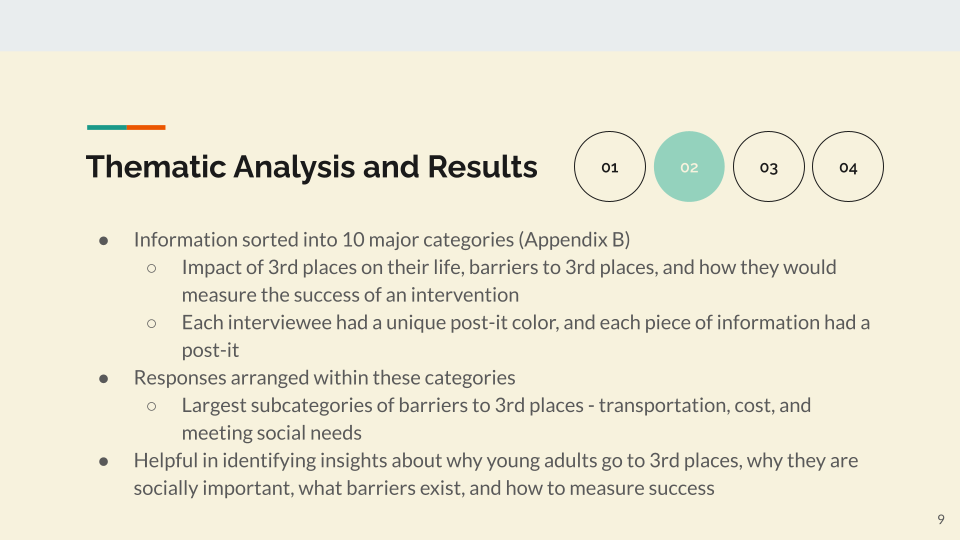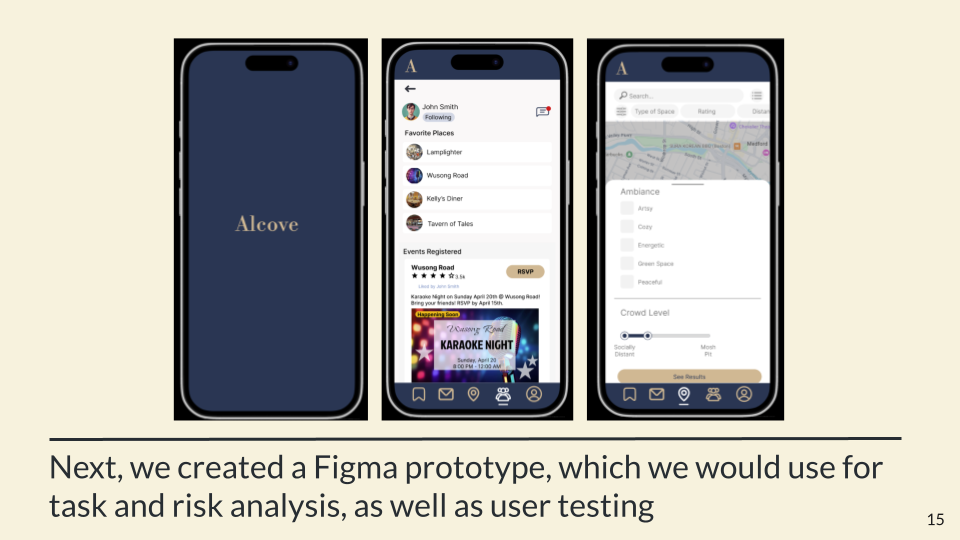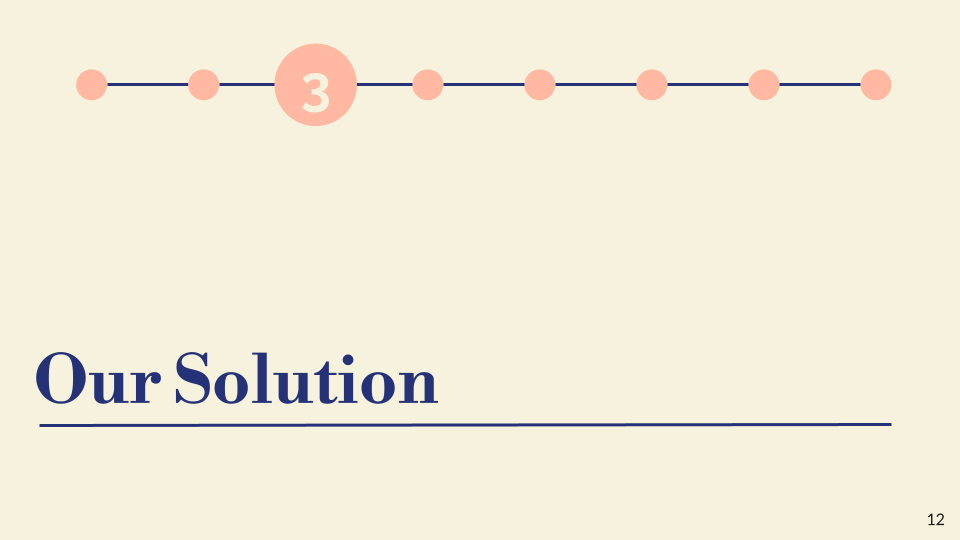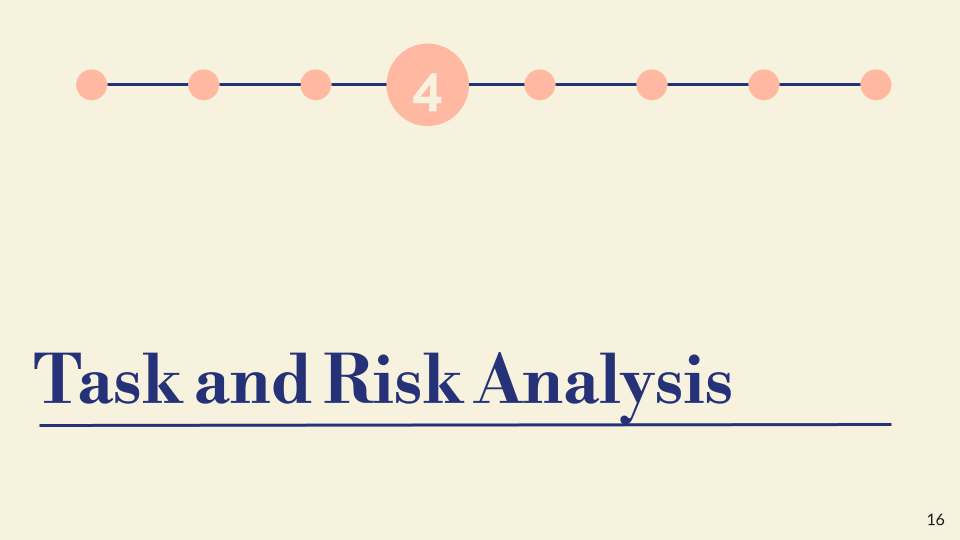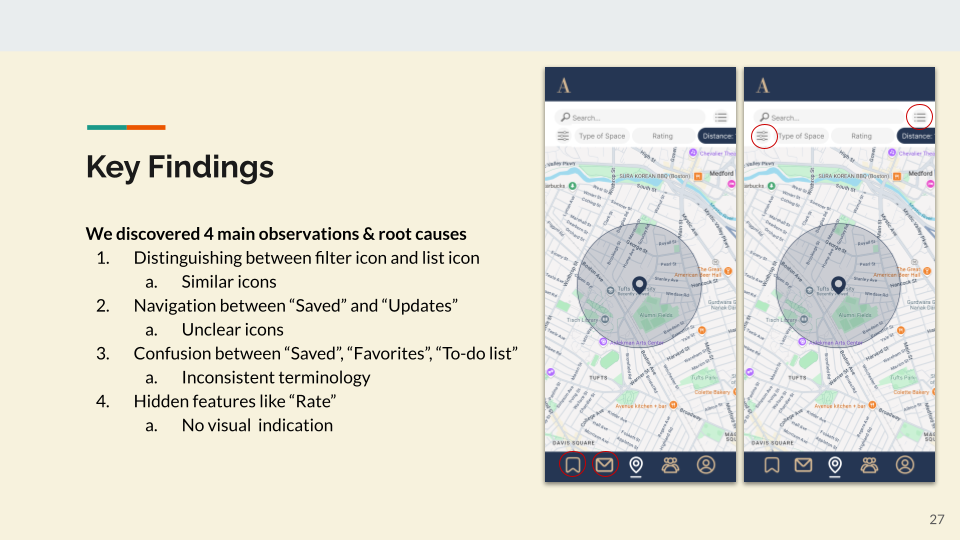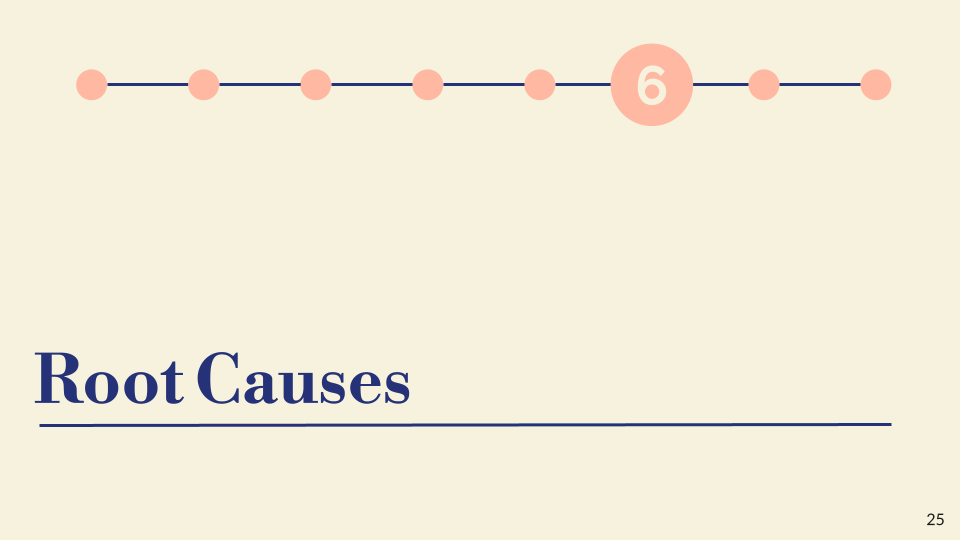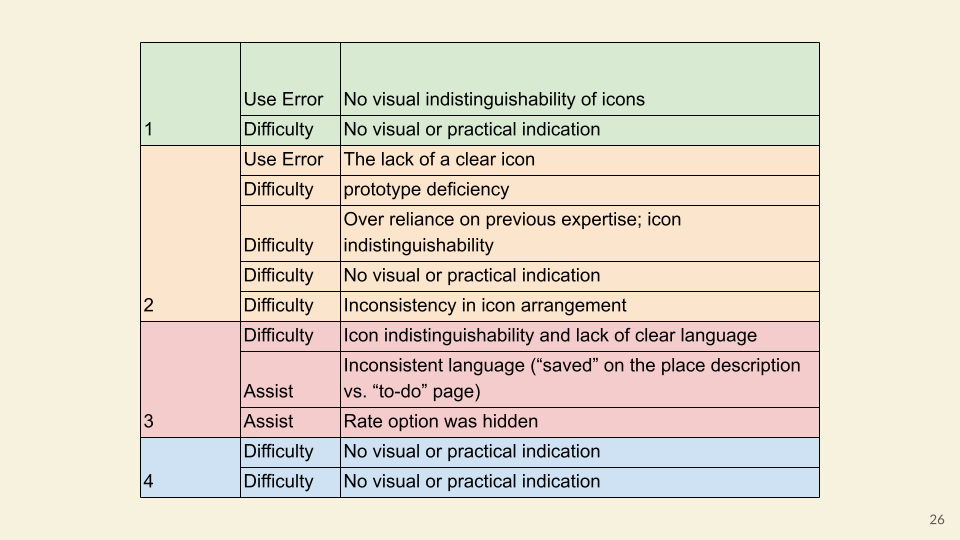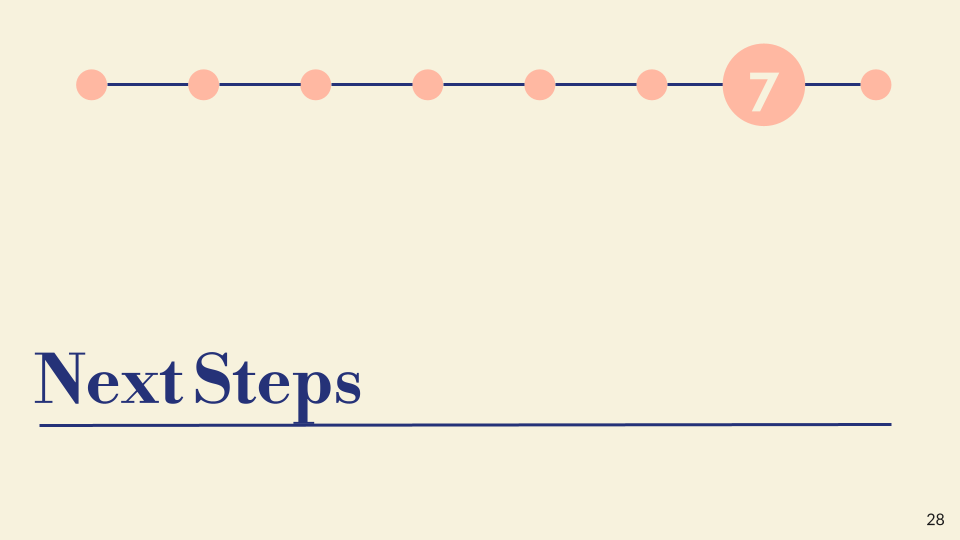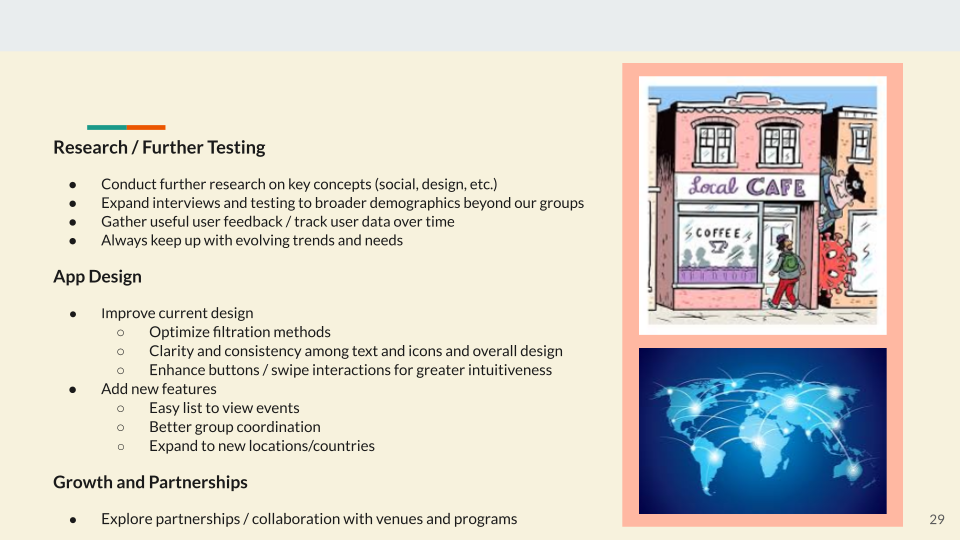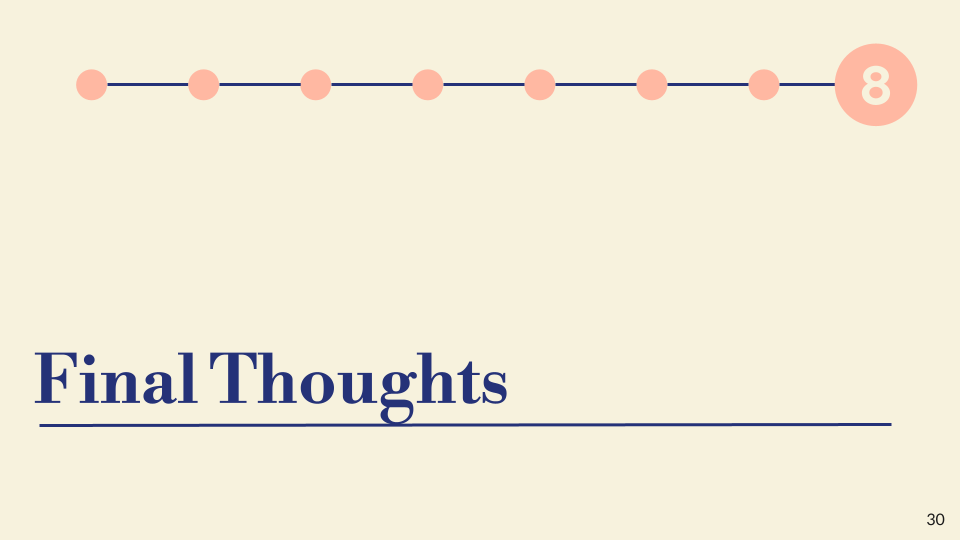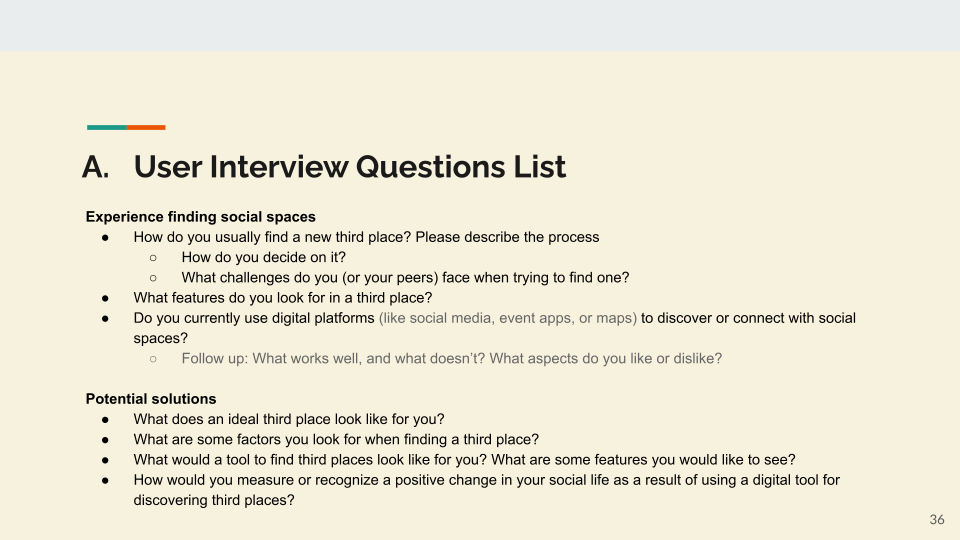Alcove App
ENP-163, Analytical Methods for Human Factors Engineering
Professor Haroula Tzamaras
Spring, 2025
This semester-long group project was intended as a way for our team to demonstrate learning from class and apply analytical methods of human factors engineering research in a real-world context. Throughout the semester, we learned research techniques and then worked toward the final development of a product or service that would address our chosen issue. Our team decided to pursue the issue of the disappearance of “third places,” or places away from work or home, and after a semester of user research, we developed our solution: the Alcove application. Our final deliverable was split into two parts: (1) a presentation to the class and (2) an accompanying report documenting our process.

Final Team Presentation and Accompanying Work
User Interview Data Collection
For this section of the project, our team conducted in-depth interviews with 10 users. Afterward, we separated each individual statement into its own spreadsheet cell.
User Interview Thematic Analysis
With each user statement in its own cell, we then copied the spreadsheet data into a Miro Board as sticky notes. From there, we manually rearranged each sticky note into similar groups to form our themes.
Task Analysis Matrix
Once our Figma prototype was complete, we conducted a task analysis of our product, splitting each essential task into its sub tasks, which we then used for a risk analysis.
Risk Analysis Matrix
Based on the subtasks we identified in our task analysis, we developed a comprehensive risk analysis with columns for the sub task, a potential use error, the resulting hazard, what harm would come of it, and then our perceived severities, probabilities, and risks, ending with the mitigation we would incorporate in a next version of our app.

